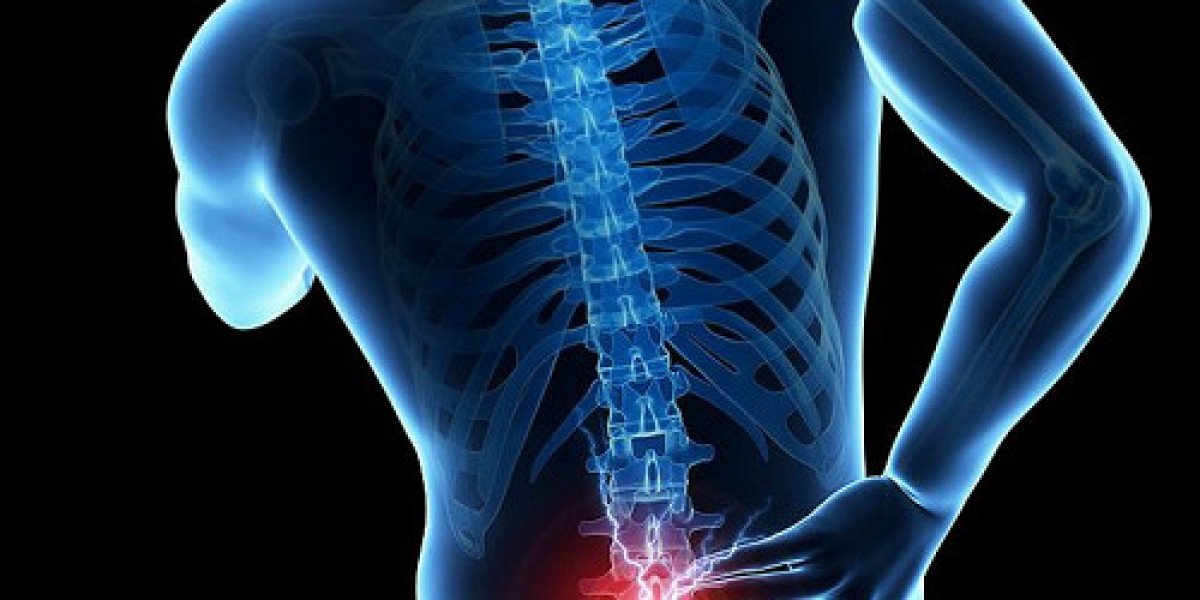Chronic pain can significantly impact daily life, but with the right strategies, it's possible to improve quality of life and regain control. Here are several effective approaches:
1. Medical Treatments
- Medications: Over-the-counter pain relievers (like acetaminophen or NSAIDs), prescription medications, and topical analgesics can help manage pain.
- Injections: Corticosteroid injections or nerve blocks may provide targeted relief.
- Physical Therapy: Tailored exercises and treatments help strengthen muscles, improve mobility, and reduce pain.
2. Lifestyle Modifications
- Regular Exercise: Low-impact activities like walking, swimming, or yoga can reduce pain and improve mood.
- Healthy Diet: Anti-inflammatory foods (like fruits, vegetables, and omega-3 fatty acids) can help manage pain levels.
- Sleep Hygiene: Establishing a routine and ensuring good sleep can reduce pain sensitivity.
3. Mind-Body Techniques
- Mindfulness & Meditation: These practices help manage stress and increase pain tolerance.
- Cognitive Behavioral Therapy (CBT): This form of therapy helps change negative thought patterns that can worsen pain perception.
- Relaxation Techniques: Deep breathing, progressive muscle relaxation, and guided imagery can alleviate pain.
4. Complementary Therapies
- Acupuncture: This traditional Chinese practice may relieve pain by stimulating certain points on the body.
- Chiropractic Care: Spinal adjustments can help with certain types of pain.
- Massage Therapy: Helps reduce tension and improve circulation.
5. Assistive Devices & Ergonomics
- Braces or Orthotics: Provide support and reduce strain.
- Adaptive Equipment: Tools designed to reduce stress on painful joints during daily tasks.
- Ergonomic Adjustments: Modifying workspaces or home environments to reduce physical strain.
6. Support Systems
- Support Groups: Sharing experiences with others facing similar challenges can provide emotional relief and practical tips.
- Counseling: Talking to a mental health professional can help manage the emotional burden of chronic pain.
- Education: Learning about your condition empowers you to take an active role in your treatment.
7. Emerging Treatments
- Neuromodulation: Techniques like spinal cord stimulation may help interrupt pain signals.
- Regenerative Medicine: Treatments like stem cell therapy are being explored for chronic pain relief.
8. Self-Care & Monitoring
- Pain Journal: Tracking pain levels, activities, and triggers helps identify patterns and effective treatments.
- Pacing Activities: Learning to balance activity and rest prevents flare-ups.
- Goal Setting: Setting realistic, achievable goals helps maintain motivation and track progress.
Consulting Healthcare Providers:
Aspadol Er 200 is emerging as one of the best medications in pain management in modern times. It is used to treat different types of pain such as acute or chronic pain.
Etadol 100 mg is an opioid prescription medication used to treat moderate to severe pain in adults. It can help with pain from headaches, fevers, toothaches, period pain, and colds. It can also help with pain from conditions like rheumatoid arthritis and osteoarthritis.
It’s important to work closely with healthcare professionals to tailor a pain management plan suited to your specific needs. They can help evaluate the effectiveness of treatments and adjust strategies as needed.








